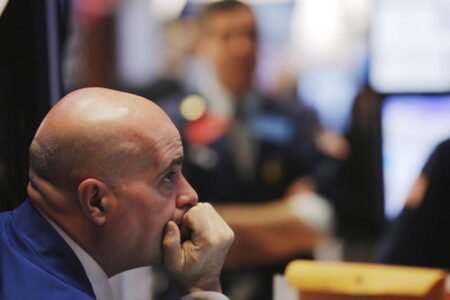By Gerry Doyle and Sophie Yu
SINGAPORE/ZHUHAI, China (Reuters) – The trade portion of China’s largest air show in Zhuhai wrapped up on a rainy Thursday, with the secretary of Russia’s Security Council visiting days after the Russian-made Su-57 stealth jet flew in its first appearance away from home.
Military gear was on display in the exhibition hall where it was viewed by Sergei Shoigu, reported state media outlet the Global Times. The former defence minister is in the country for annual strategic security consultations.
China demonstrated its pull on the world stage by welcoming a delegation from Saudi Arabia with its first pavilion at the event, as well as its close ties with Russia even as that country is isolated from Western nations and their allies due to its invasion of Ukraine.
The air show’s commercial aviation side was much smaller than in previous years, putting military technology in the spotlight. Hardware as varied as air-defence systems, radars, missiles and aircraft packed the grounds indoors and out.
The show included the public debut of China’s J-35A stealth fighter while a two-seat mockup of its J-20 stealth fighter, advanced helicopters, stealthy drones and missile defence systems also caught the spotlight.
“Clearly these developments suggest a continued broad modernisation of PLA capabilities to defeat U.S. and allied intervention capability as part of a counter-intervention strategy,” said senior analyst Malcolm Davis at the Australian Strategic Policy Institute, referring to the People’s Liberation Army. “They all come together to make Chinese A2AD more lethal and extend its reach.”
A2AD is shorthand for Anti-Access/Area Denial, a military strategy to avoid a head-on fight by making it difficult for the enemy to even enter the battlefield.
China is the world’s fourth-largest global arms exporter, showed data released in March by the Stockholm International Peace Research Institute, but its sales have been decreasing over the last decade amid changing geopolitical dynamics.
COMMERCIAL AVIATION
On the civilian side of the show, state planemaker COMAC announced Air China (OTC:) as the first customer for its C929 widebody jet. It also re-branded its regional jet, previously the ARJ21, as the C909 for better branding uniformity.
COMAC did not disclose the number of C929s that flag carrier Air China would purchase or planned delivery dates. It did say Hainan Airlines had placed a firm order for 60 C919 narrowbody jets and 40 C909s.
Colorful Guizhou Airlines has also signed a purchase agreement for 30 C909 planes, 20 of which were firm and the remainder provisional, it said.
State-controlled aerospace company AVIC unveiled a model of one the more unusual offerings: a spaceplane to carry cargo to China’s space station.
Among foreign participants, Airbus at the show said Chinese certification of its A330neo jet was going smoothly and that the first delivery of the widebody model in the country could come in 2025.
The planemaker’s China CEO George Xu said Airbus was “very much pro-free trade” when asked by reporters about any market impact of a dispute between the European Union and China over electric vehicles and the prospect of a transatlantic spat after Donald Trump won the U.S. presidential election with a pledge to impose widespread tariffs.
Brazil’s Embraer said it saw a role for China in its business as it worked to strengthen its supply chain.
Embraer is the world’s third-largest planemaker and focuses on up to 150-seat single-aisle regional and executive aircraft, slightly smaller than Airbus’ and Boeing (NYSE:)’s best-selling A320 and 737 families and rivalling the Airbus A220.
At Zhuhai, its chief commercial officer, Martyn Holmes, noted that China’s President Xi Jinping would visit Brazil for the G20 summit that will be held in that country this month.
“I think it’s an exciting moment for us to be having that (supply chain) conversation with Chinese suppliers and looking how we evolve,” Holmes said.
China is Brazil’s biggest trade partner. Brazilian President Luiz Inacio Lula da Silva earlier this year said he wanted to discuss a “long-term strategic partnership” with China.
Read the full article here

















